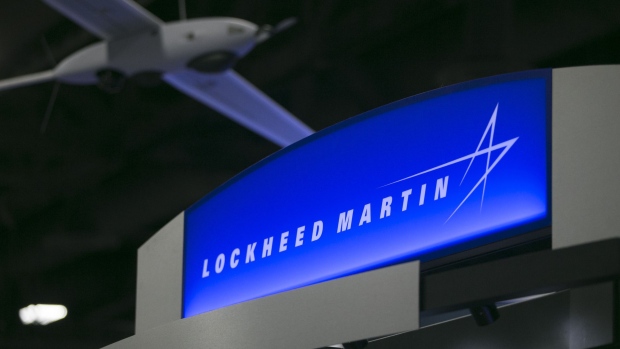Mar 29, 2023
US Air Force Plans to End Lockheed Hypersonic Weapon Program
, Bloomberg News

(Bloomberg) -- The Air Force won’t pursue a hypersonic weapons program under development by Lockheed Martin Corp. as officials signal more support for a different initiative by rival Raytheon Corp.
The Air Force doesn’t “currently intend to pursue follow-on procurement” of the weapon known as ARRW, though it will conduct two additional flight tests to accumulate important data, Air Force Assistant Secretary for Acquisition Andrew Hunter told a House Armed Services subcommittee Wednesday.
Hunter didn’t say why the Air Force was giving up on the Lockheed program, but it comes days after Bloomberg News reported that a recent test of the ARRW had failed — after a data link to the weapon was lost during flight.
Air Force Secretary Frank Kendall acknowledged to another committee on Tuesday that the test “was not a success,” as the service “did not get the data we needed.”
Kendall said the Air Force was “more committed” to another weapon called the Hypersonic Attack Cruise Missile built by Raytheon, but stopped short of saying the service would end the Lockheed program after prototype testing.
“Definite Role” For Raytheon Weapon
Kendall said “we see a definite role” for the Raytheon missile because “it’s compatible with more of our aircraft and it will give us more combat capability overall.”
The Raytheon weapon flies on its own while the ARRW launches from a rocket before the warhead separates and glides at hypersonic speed to a target.
The March 13 test was important because it’s the second of four that are planned for the prototype operational hypersonic missile. It was the service’s top hypersonic program and meant to compete with Russian and Chinese programs that have already been successful.
The weapon was designed to fly up to eight times the speed of sound and approximately 1,000 miles. The Congressional Research Service in a Feb. 13 report said that the Air Force had repeatedly “pushed back the timeline” for the hypersonic missile and now states it could be operational as soon as this autumn.
Three previous booster-test failures of a development-model ARRW derailed plans for the missile to go into production last year. They eventually succeeded. The Pentagon had hoped to declare the US’s first combat-capable hypersonic weapon by Sept. 30, 2022.
(Updates with Kendall quote after fifth paragraph)
©2023 Bloomberg L.P.


